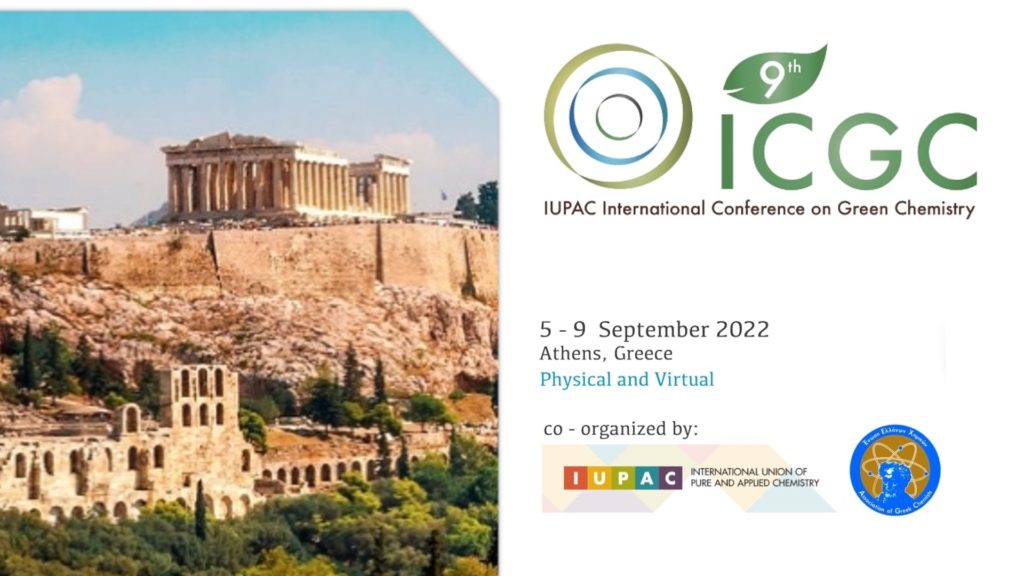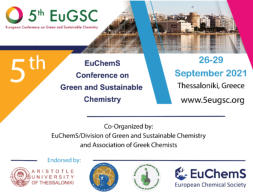An Academic Voyage: Exploring Opportunities with Erasmus+ Recently, our PhD...
Read MoreNew publication in Chemical Engineering Journal!
New publication in Chemical Engineering Journal! We are excited to...
Read MoreParticipation of Prof. Triantafyllidis in 10th IUPAC International Conference on Green Chemistry
Participation of Prof. Triantafyllidis in 10th IUPAC International Conference on...
Read MoreParticipation of Prof. Triantafyllidis’s group in 17th PSK
Participation of Prof. Triantafyllidis’s group in 17th PSK On 8-10th...
Read MoreParticipation of Dr. Antigoni Margellou in 17th Panhellenic Symposium on Catalysis
Participation of Dr. Antigoni Margellou in 17th Panhellenic Symposium on...
Read MoreWelcome to SusChemTec research group website
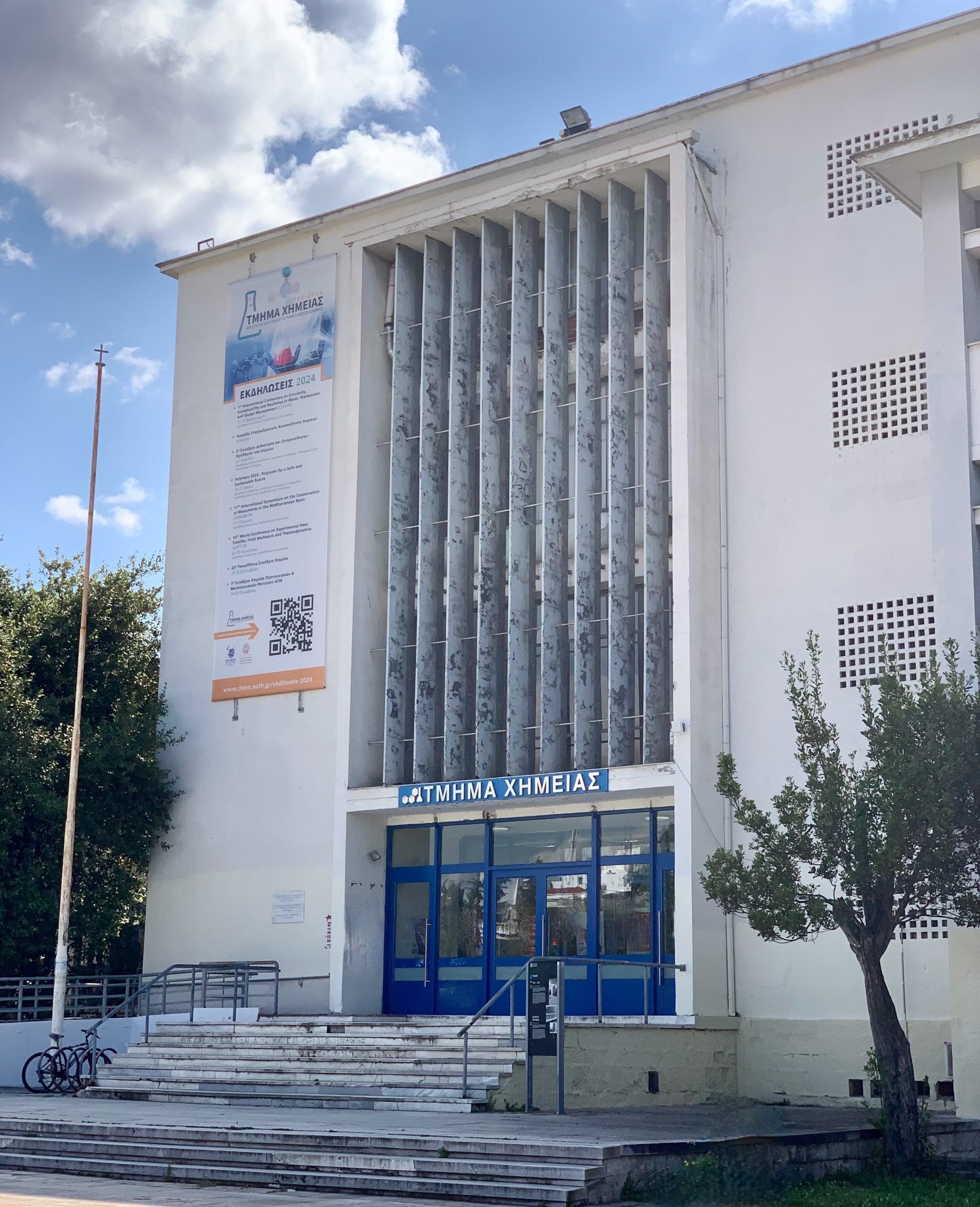
The SusChemTec research group is part of the Laboratory of Chemical and Environmental Technology at the Department of Chemistry of Aristotle University of Thessaloniki (AUTH) in Greece. The group conducts fundamental and applied research in the fields of Heterogeneous catalysis, Porous and metal/oxides nanomaterials, Polymer nanocomposites, Conventional and biomass/waste-refining to fuels and chemicals, and Green Chemistry and Technology.
The group was established by Prof. Konstantinos Triantafyllidis, with undergraduate and PhD studies at the Department of Chemistry, University of Ioannina, Greece, postgraduate training at SHELL-Laboratorium, Amsterdam, and post-doctoral work at Michigan State University, USA. He has been Collaborating Researcher at the Chemical Process and Energy Resources Institute, Centre of Research and Technology-Hellas (CPERI/CERTH), and head of the Research Unit “Green and Environmental Chemistry” (EnviGreen) at the Centre for Interdisciplinary Research and Innovation-AUTH.
RESEARCH ACTIVITIES

Inorganic and porous nano-materials
Microporous and hierarchical zeolites, ordered mesoporous materials,metal nano-oxides, layeredmaterials (clays,LDHs), hybrid organic-inorganic materials, carbon based (nano)porous materials, biochars. Applications as catalysts, sorbents and drug carriers.
Polymer (bio-based) nanocomposites
Polymer nanocomposites with advanced 1D, 2D and 3D inorganic nano-structures/particles, bio-based polymers using chemicals/monomers from biomass, bio-based polymer composites with nano-cellulose and nano-lignin.
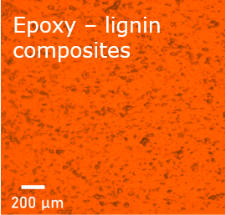
Heterogeneous catalysis
Synthesis, characterization and testing of newcatalysts; process design and technoeconomicanalysis; LCA; Catalytic fast pyrolysis of biomass, lignin, organic wastes, plastics to chemicals, fuels, LPG; Hydro-deoxygenation/isomerization of biomass/lignin oils & algae lipids to green fuels; Catalytic hydrogenolysis of cellulose and lignin;
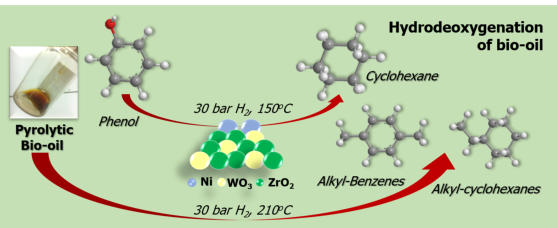
Catalytic upgrading (dehydration, isomerization, condensation, oxidation, hydrogenation) of biomass derived sugars, furans, acids, phenolics; Catalytic cracking of petroleum feeds (FCC) and Fischer-Tropsch bio-waxes to gasoline and LPG; Epoxidation of ethylene/propylene; epoxidation of fatty acids and triglycerides.
Adsorption and catalysis for environmental remediation
Removal of inorganic and organic pollutants from aqeuous streams; Deep desulfurization ofgasoline/diesel fuels by adsorption/oxidation process under mild conditions; deNOx/DeN2O (previous work).

Biomass (lignocellulosic, lipid) and organic waste valorization to high added value fuels, chemicals, monomers, polymers
Hydrothermal, mild acid and organosolv pretreatment of lignocellulosic biomass for selective fractionation and recovery of its components (cellulose, hemicellulose, lignin);
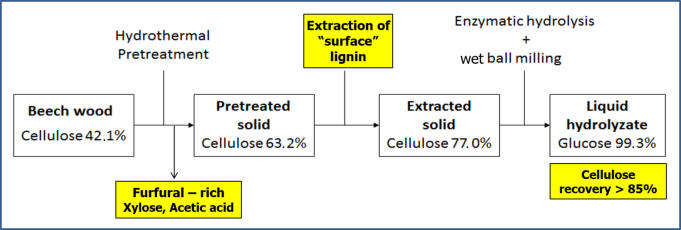
Utilization of (nano)cellulose as polymer additive; enzymatic/acid hydrolysis of cellulose to glucose for the production of bioethanol or sugar-derived furans, acids, etc.; Utilization of lignin as polymerreactive additive and of derived phenolics, aromatics and cycloalkanes for the production of bio-based resins and biofuels; Fractionation/extraction of microalgae components to isolate lipids,proteins, carotene,etc. and utilization of residual carbohydrate biomass to produce bio-crude and aromatics.
Green and Sustainable Chemistry
The principles of Green and Sustainable Chemistry are applied in all aspects of our research, fromthe design and synthesis of highly reactive and selective (nano)metal catalysts reducing the use ofraw materials, energy and chemicals, to the utilization of biomass and wasteorganic sources forthe production of valuable bio-based chemicals, fuels and polymers, in line with the circular(bio)economy concept and the UN-Sustainable Development Goals.



